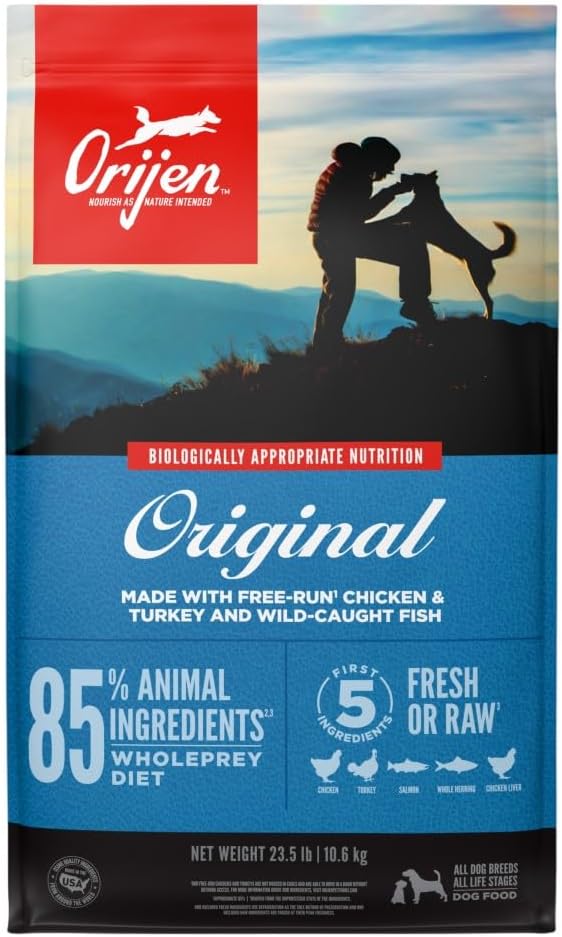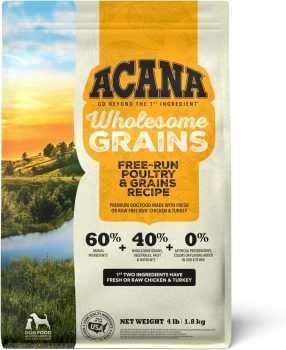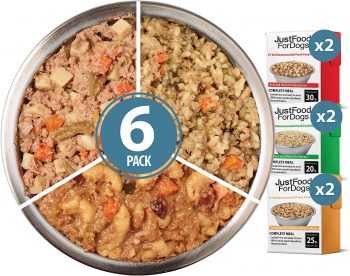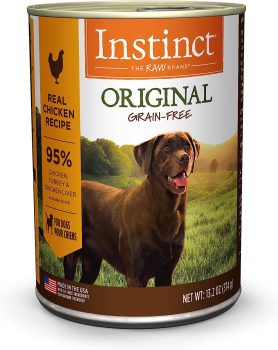The Maltese is a toy breed known for its luxurious white coat, gentle temperament, and devoted nature. Despite its diminutive size, the Maltese requires proper nutrition to maintain its overall health and vibrant energy. Ensuring that your Maltese gets the right amount of food is essential to keep it healthy, prevent obesity, and support its active lifestyle. This article will guide you on the appropriate amount to feed your Maltese, taking into consideration the calories in the food, and provide an estimate of the monthly feeding cost.
1. Understanding Your Maltese’s Nutritional Needs
Like all dogs, Maltese require a balanced diet rich in proteins, fats, and essential vitamins and minerals. Since they are small, their metabolism is higher, which means they burn calories faster. Hence, even though they eat less in quantity, they require food rich in nutrients. Look for dog foods that list high-quality proteins, like chicken or lamb, as the first ingredient.
2. Feeding Based on Life Stage
- Puppies: Maltese puppies are tiny and may weigh just a few pounds. During the first 3-6 months, they should be fed 3-4 times a day with a high-quality puppy formula that supports their rapid growth. On average, Maltese puppies might eat 1/4 to 1/2 cup of dog food daily.
- Adults: An adult Maltese, depending on its weight and activity level, will usually eat 1/4 to 1/2 cup of dog food daily, split into two meals. Ensure the dog food is designed for small breeds to meet their specific nutritional needs.
- Seniors: Older Maltese might become less active. Monitor their weight and adjust the food quantity accordingly. Senior-specific formulas can also help address age-related dietary needs.
3. Caloric Considerations
The average adult Maltese weighs around 4 to 7 pounds. On average, a dog of this size requires approximately 40 calories per pound of body weight. This means a typical Maltese would need between 160 to 280 calories a day. However, this can vary based on the dog’s age, activity level, and metabolism. Always refer to the feeding guidelines on your dog food packaging and adjust based on your dog’s specific needs.
4. Wet Food vs. Dry Food
Both wet and dry food have their advantages. Wet food is more palatable and can help with hydration, while dry food is better for dental health. Some Maltese owners prefer a combination of both. If you’re using both, ensure you adjust the quantities to avoid overfeeding.
5. Treats and Extras
Treats should make up no more than 10% of your Maltese’s daily caloric intake. Always opt for healthy treats and avoid those high in sugar or artificial additives. Fresh fruits like blueberries or small bits of cooked chicken can serve as healthier treat options.
6. Monthly Feeding Costs
The cost to feed a Maltese will vary based on where you live, the brand of dog food you purchase, and any additional supplements or treats you include in their diet. On average, for a premium small-breed dog food brand, you might spend $20-$40 per month. However, this can vary widely, so always choose the best food you can afford within your budget.
7. Importance of Fresh Water
Always ensure that your Maltese has access to fresh and clean water. Small breeds can become dehydrated quickly, so check the water bowl several times a day.
8. Adjusting Quantities
It’s essential to monitor your Maltese’s weight and adjust the food quantities if needed. Regular vet check-ups and using a body condition scoring chart can help you determine if your Maltese is at its ideal weight.
Our 5 Top Foods for Malteses
The diets were selected by our founder Justin Palmer, a certified canine nutrition expert, specifically with Malteses in mind:
| Food | Pros | Cons |
|---|---|---|
|
|
|
|

Check Today's Price on: |
|
|

Check Today's Price on: |
|
|

Check Today's Price on: |
|
|

Check Today's Price on: |
|
|
Conclusion
Feeding your Maltese the right amount of food is crucial for its health and well-being. Being proactive in understanding their dietary needs and making adjustments as required will ensure they lead a happy and active life. Regular vet consultations are also beneficial in tailoring a feeding plan specific to your individual dog’s needs.
Frequently Asked Questions About Feeding a Maltese

1. How much food should I feed my adult Maltese daily?
An adult Maltese typically requires between 1/4 to 1/2 cups of high-quality dog food daily, divided into two meals. However, always consider your dog’s specific weight, activity level, and the caloric content of the food you’re providing.
2. Are there specific ingredients I should look for in Maltese dog food?
Yes, when selecting food for your Maltese, prioritize high-quality protein sources like chicken or lamb listed as the first ingredient. Additionally, look for foods with wholesome grains, fruits, and vegetables, and avoid those with artificial additives and fillers.
3. How often should I feed my Maltese puppy?
Maltese puppies should be fed 3-4 times a day during the first 3-6 months of their life. As they grow, you can gradually reduce feeding to twice daily. Ensure you’re providing a balanced puppy formula to support their growth.
4. Is wet food better than dry food for Maltese?
Both wet and dry foods have their benefits. Wet food is often more palatable and helps with hydration, while dry food can be better for dental health. Many Maltese owners choose to offer a mix of both to ensure their pet gets the benefits of each.
5. Can I give my Maltese human food?
While occasional treats of human food can be given, it’s crucial to ensure they’re safe for dogs. Stick to lean meats, some fruits (like blueberries), and vegetables. Avoid foods toxic to dogs like chocolate, grapes, and onions.
6. How many treats can I give my Maltese in a day?
Treats should make up no more than 10% of your Maltese’s daily caloric intake. It’s essential to offer treats in moderation and ensure they’re appropriate for your dog’s size and dietary needs.
7. How can I tell if my Maltese is overweight?
Regular vet check-ups are crucial. At home, you can use a body condition scoring chart. Ideally, you should be able to feel your Maltese’s ribs without pressing hard and see a noticeable waistline when looking from above.
8. Do Maltese have specific dietary allergies or sensitivities?
While every dog is an individual, some Maltese may exhibit sensitivities or allergies to certain ingredients. If you notice signs like itching, digestive upset, or ear infections, it might be related to food. Consult your vet for an appropriate diet or allergy testing.
9. What should I do if my Maltese refuses to eat?
If your Maltese suddenly refuses to eat, it can be due to various reasons – illness, dental issues, or they might be picky about a new food. It’s crucial to consult your vet if the refusal to eat lasts more than a day or is accompanied by other symptoms.
10. How much water should my Maltese drink daily?
While the exact amount can vary, ensure your Maltese always has access to fresh and clean water. Small breeds like the Maltese can become dehydrated quickly, so it’s essential to monitor their water intake and check the bowl multiple times a day.
 Check Today's Price on:
Check Today's Price on: Toledo, United States.
Toledo, United States.